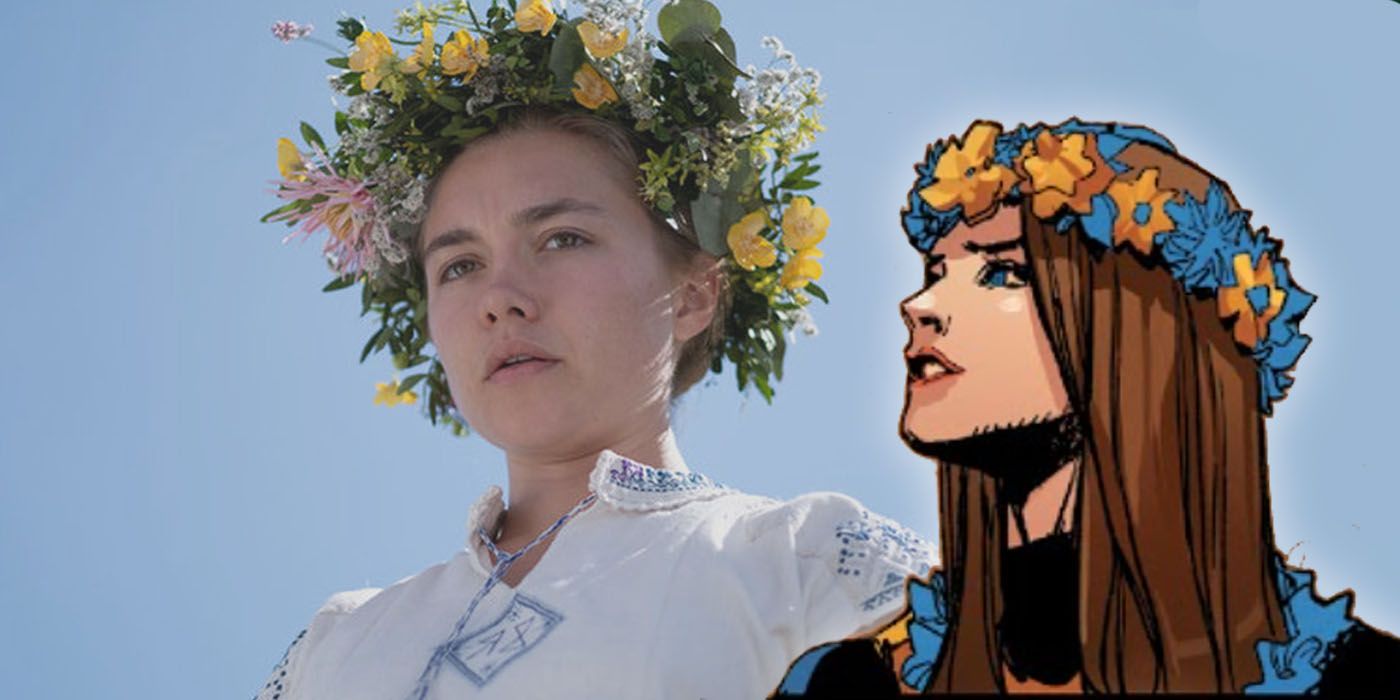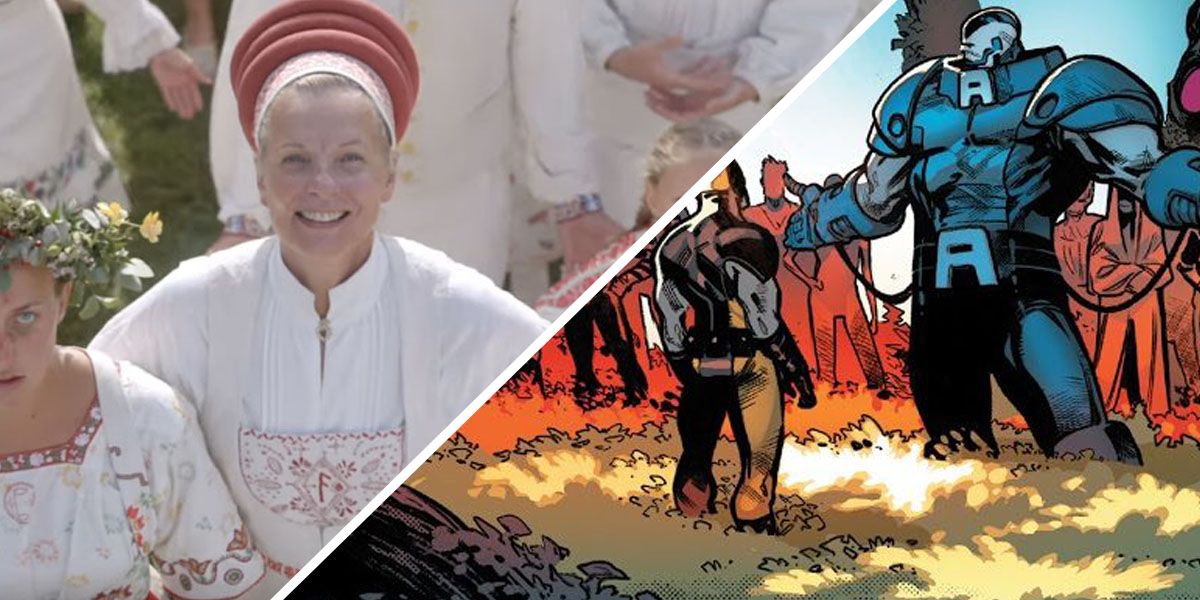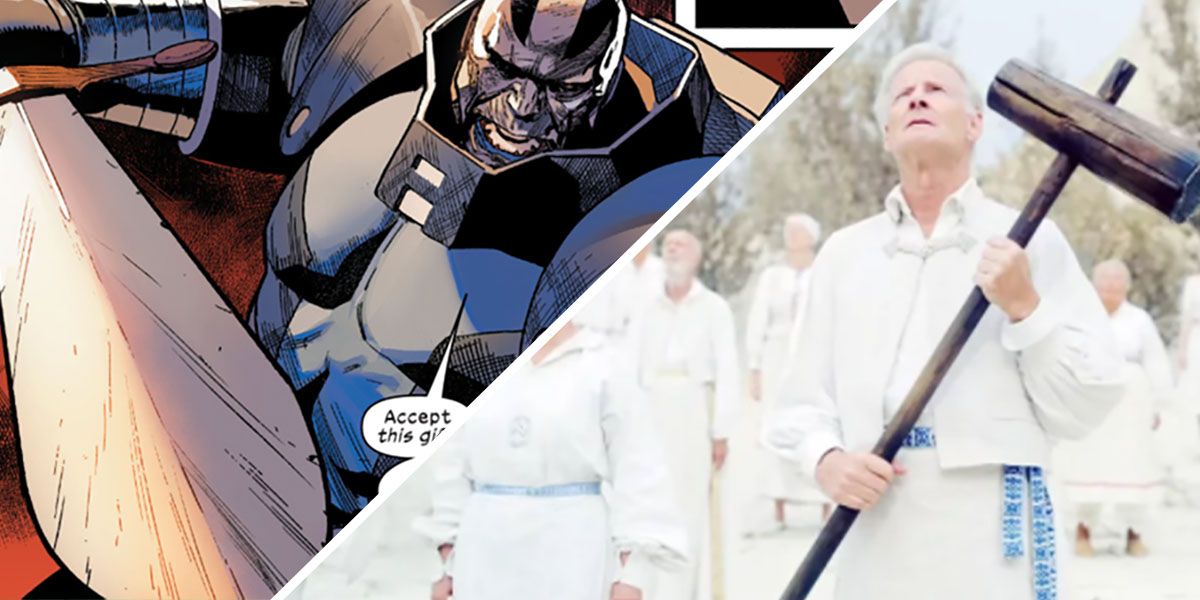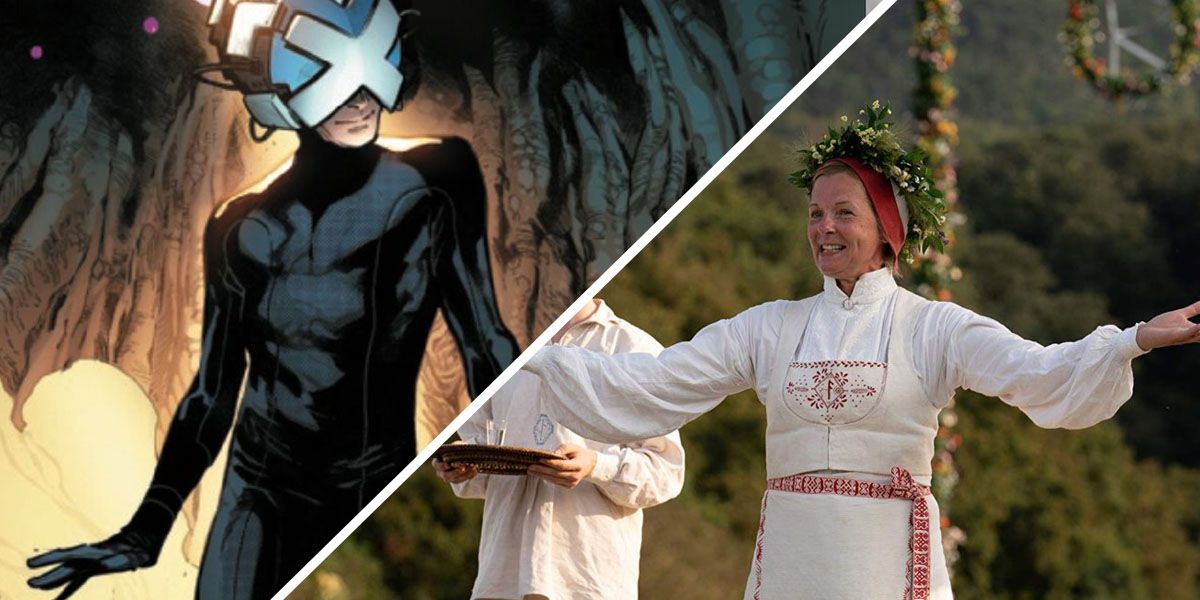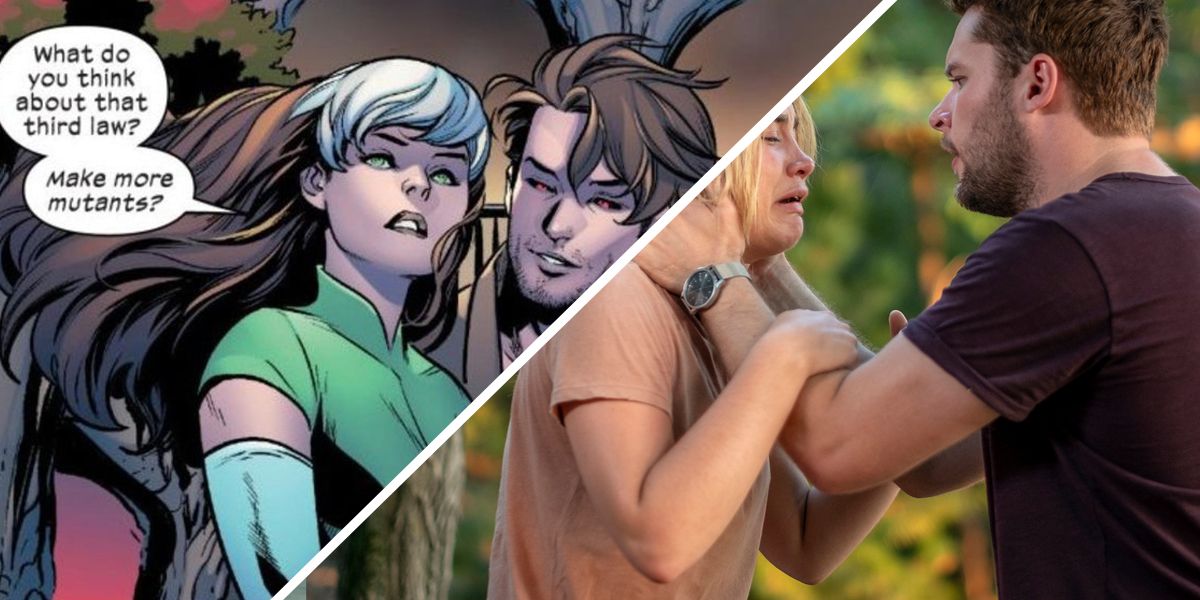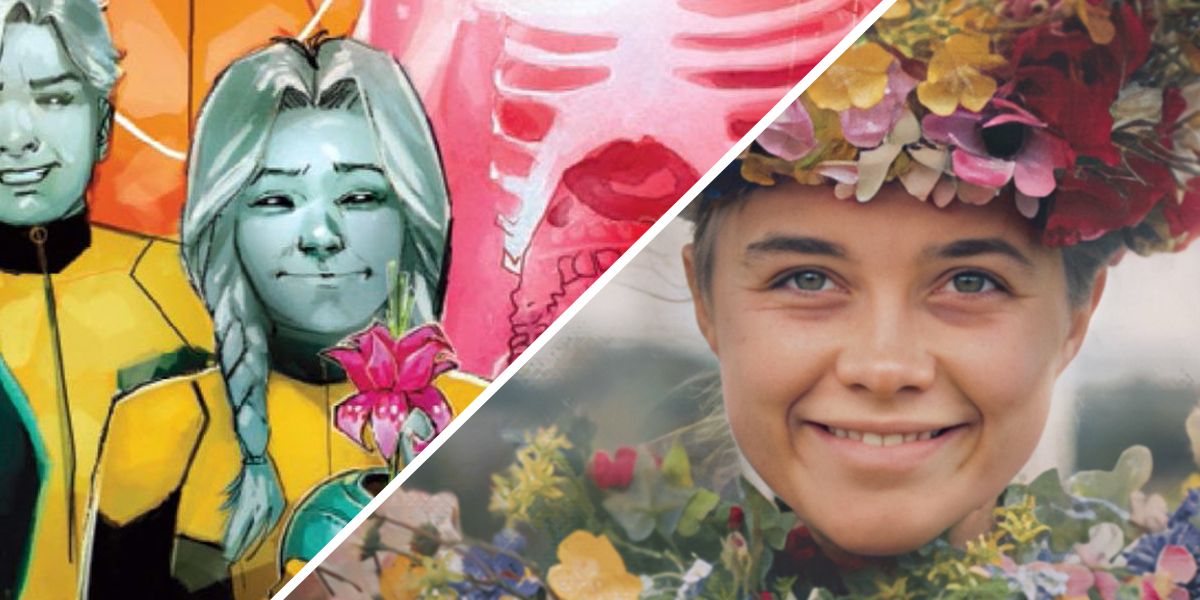The current status quo for the X-Men is a major narrative shift that raises several questions. As most of mutantkind has relocated to the island of Krakoa, they have developed new laws and practices. Surprisingly, several of these practices have coincidental similarities to ones found in Ari Aster's 2019 horror film, Midsommar.
Horror in Paradise
Both Midsommar and the Dawn of X relaunch toy with the idea that horror can lurk beneath the surface of something literally bright and beautiful. Midsommar follows Dani, who travels to Sweden with her boyfriend and his friends to observe a midsummer celebration. Unfortunately, they soon learn they have unknowingly become pawns in a cult's sinister game.
Similarly, Krakoa is billed as an island paradise for all mutants. However, sinister things occur in the shadows, such as Sebastian Shaw plotting with the Struckers for a greater power gain and murdering Shadowcat.
Ritual Deaths for Spectacle
Midsommar introduces viewers to the Ättestupa, a brutal ritual in which the elderly members commit suicide by jumping off a cliff as other members watch peacefully. Once members reach age 72, they reach the end of their life cycle and are no longer useful to Hårga's society.
Krakoa has somewhat of an Ättestupa of its own in the form of Crucible, in which the mutants de-powered from M-Day are sent into the ring with Apocalypse to fight and die in front of their friends and family. Like Ättestupa, the Crucible can be tied to how the society views usefulness: De-powered mutants want to "fight and die" for their people, but they cannot be useful in such capacity without their powers. Instead of a hammer to deliver the final blow, Apocalypse has a sword.
Like Ättestupa, Crucible is the end of a mutant's life cycle. Only here, the mutants are then "born anew" via cloning and Resurrection Protocols, literally starting a new life wherein they are fully embraced on Krakoa.
Leaders Lie
Midsommar shines a light on the dishonesty of the group's leaders. In the film, the village elders repeatedly lie about the missing members of Dani's friend group. The Hårga have been picking them off one by one through brutal means, planning to use them later for their own ritual. However, any time Dani or Christian question where their friends are, the village elders play dumb.
Heavy is the head that wears the crown in Krakoa. The nation's founders -- Charles, Moira and Erik -- have been lying about Destiny's whereabouts from the start. Although Mystique questions their intent and demands her wife back, Charles pretends he will one day return her, knowing he never will.
Recruiting the Vulnerable
Midsommar analyzes how vulnerable people are often the targets of cult indoctrination. Dani is reeling from the loss of her parents and sister, shut out by her emotionally distant boyfriend and in need of a family. Pelle reflects on this, stating how he lost his parents at a young age but found his home among the Hårga.
By the end of the film, Dani has found her family at last among the Hårga, but it's not exactly liberation: She deals with intense psychological violence. Things seem bright on the surface, but this "paradise" is built over many dead bodies and Dani is merely a prisoner of a new oppressive system.
Mutants have always been a vulnerable group in the Marvel Universe, often targeted simply because they're mutants. Krakoa is similarly an escape, where mutants can create their own family and society after a lifetime of traumatizing events.
For example, when Angel Salvadore and Beak are targeted in their own homes, it's the final straw for them to move to Krakoa, where they are promised safety and liberation. The big difference is that while the origins of Midsommar's cult are unexplored, Krakoa was born from a desire to protect mutantkind.
Sex and Procreation
The village elders of Midsommar have some element of control in their people's sex lives. They must approve of all partners, in part to assure that when babies are born, they are the type of person they want in their cult.
Sex with the Hårga involves multiple parties, regardless of any romantic entanglements -- all aimed towards making more babies raised in the cult. This is seen when a drugged Christian is having sex with Maja, surrounded by a singing chorus of naked women who occasionally involve themselves in different ways during their intercourse. Once finished, Maja announces gleefully that she can "feel the baby inside" her.
On Krakoa, the "make more mutants" law most often refers to pregnancy. Sinister muses in his journals about which member of Krakoa could possibly be pregnant next; Rogue and Gambit question if they want kids. Orgies and recreational sex are implied to be commonplace on the island, likely tied to the "make more mutants" law.
Plants
The Hårga are surrounded by flowers and during the May Queen competition, all contestants are given a flower crown. Even the dead bodies of Hårga's victims are adorned with flowers. This creates a dissonance between the beautiful and the horrifying, but plants also serve another purpose: To drug visitors and members.
Krakoa is a living island with unique flora and fauna. Plus, Crucible victims are also adorned with flower crowns and planting flowers helps the gates grow.
From the start, Midsommar wants viwers to know that the Hårga are evil. Krakoa isn't so cut and dry, but Dawn of X is still developing. It may live up to its promise of being a wholesome, mutant safe haven, or it may turn out to be more sinister.

